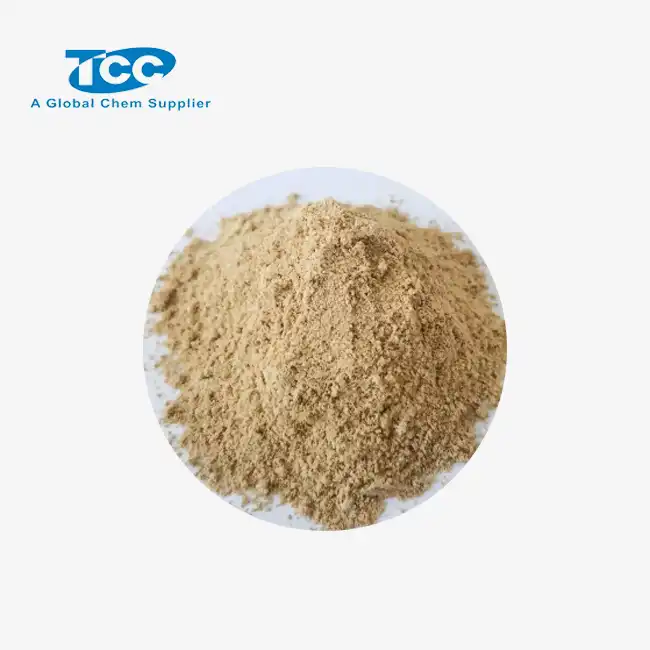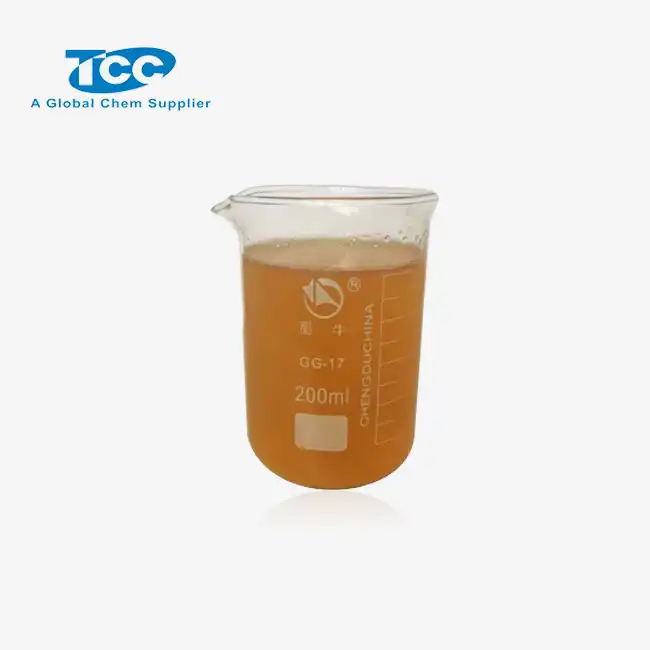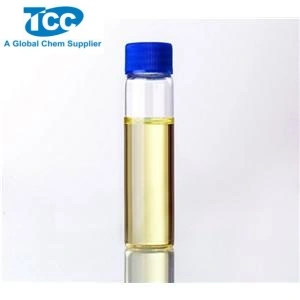- English
- French
- German
- Portuguese
- Spanish
- Russian
- Japanese
- Korean
- Arabic
- Greek
- German
- Turkish
- Italian
- Danish
- Romanian
- Indonesian
- Czech
- Afrikaans
- Swedish
- Polish
- Basque
- Catalan
- Esperanto
- Hindi
- Lao
- Albanian
- Amharic
- Armenian
- Azerbaijani
- Belarusian
- Bengali
- Bosnian
- Bulgarian
- Cebuano
- Chichewa
- Corsican
- Croatian
- Dutch
- Estonian
- Filipino
- Finnish
- Frisian
- Galician
- Georgian
- Gujarati
- Haitian
- Hausa
- Hawaiian
- Hebrew
- Hmong
- Hungarian
- Icelandic
- Igbo
- Javanese
- Kannada
- Kazakh
- Khmer
- Kurdish
- Kyrgyz
- Latin
- Latvian
- Lithuanian
- Luxembou..
- Macedonian
- Malagasy
- Malay
- Malayalam
- Maltese
- Maori
- Marathi
- Mongolian
- Burmese
- Nepali
- Norwegian
- Pashto
- Persian
- Punjabi
- Serbian
- Sesotho
- Sinhala
- Slovak
- Slovenian
- Somali
- Samoan
- Scots Gaelic
- Shona
- Sindhi
- Sundanese
- Swahili
- Tajik
- Tamil
- Telugu
- Thai
- Ukrainian
- Urdu
- Uzbek
- Vietnamese
- Welsh
- Xhosa
- Yiddish
- Yoruba
- Zulu
How Sodium Tripolyphosphate Powder Revolutionizes Water Softening?
Water hardness is a common issue that affects millions of households worldwide, causing various problems ranging from reduced appliance efficiency to dry skin and hair. Traditional water softening methods have long been the go-to solution, but they often come with drawbacks such as high maintenance costs and environmental concerns. Enter Sodium Tripolyphosphate (STPP) powder, a revolutionary compound that is transforming the water softening industry. This innovative solution offers a more efficient, cost-effective, and environmentally friendly approach to tackling hard water problems. By leveraging the unique chemical properties of STPP, water treatment professionals and homeowners alike can now achieve superior water softening results without the need for bulky equipment or excessive salt usage. In this blog, we'll explore how Sodium Tripolyphosphate powder is revolutionizing water softening and why it's becoming the preferred choice for many.
The Science Behind Hard Water Problems
Understanding Mineral Buildup
Hard water is characterized by high levels of dissolved minerals, primarily calcium and magnesium. When hard water flows through pipes and appliances, these minerals can accumulate over time, forming scale deposits. Sodium Tripolyphosphate powder acts as a powerful sequestrant, effectively binding to these mineral ions and preventing them from adhering to surfaces. By interrupting the crystallization process, STPP keeps the minerals suspended in the water, significantly reducing scale formation. This unique property of Sodium Tripolyphosphate not only protects plumbing systems and appliances from damage but also enhances their efficiency and longevity, making it a game-changer in water treatment solutions.

Effects on Soap and Detergent Efficiency
One of the most noticeable effects of hard water is its impact on cleaning efficiency. The minerals in hard water react with soap and detergents, forming insoluble precipitates known as soap scum. This not only reduces the effectiveness of cleaning products but also leaves residues on surfaces and fabrics. Sodium Tripolyphosphate powder addresses this issue by sequestering the hardness-causing ions, preventing them from interfering with the cleaning process. As a result, less soap or detergent is needed to achieve the same level of cleanliness, leading to cost savings and improved cleaning results. The use of STPP in water softening systems ensures that households can enjoy the full benefits of their cleaning products without the frustration of soap scum and inefficient washing.

Impact on Appliance Efficiency and Lifespan
Hard water can significantly shorten the lifespan of household appliances such as water heaters, dishwashers, and washing machines. The scale buildup caused by mineral deposits reduces heat transfer efficiency, increases energy consumption, and can lead to premature equipment failure. By incorporating Sodium Tripolyphosphate powder into water treatment systems, these issues can be effectively mitigated. STPP prevents scale formation on heating elements and internal components, maintaining optimal appliance performance and energy efficiency. This not only extends the life of expensive household appliances but also reduces energy bills and maintenance costs. The ability of Sodium Tripolyphosphate to protect appliances from the detrimental effects of hard water makes it an invaluable component in modern water softening solutions.
STPP vs. Traditional Water Softening Methods
Salt-Based Ion Exchange Systems
Traditional salt-based ion exchange systems have been the standard in water softening for decades. These systems work by replacing calcium and magnesium ions with sodium ions through a resin bed. While effective, they require regular salt replenishment and periodic regeneration cycles, which can be both costly and environmentally problematic. Sodium Tripolyphosphate powder offers a compelling alternative to these systems. Unlike salt-based softeners, STPP does not remove minerals from the water but rather prevents them from causing problems. This means there's no need for regeneration cycles or salt additions, significantly reducing maintenance requirements and environmental impact. Furthermore, the use of Sodium Tripolyphosphate avoids the increase in water sodium content associated with traditional softeners, making it a healthier option for those on low-sodium diets.
Chemical-Free Alternatives
In recent years, various chemical-free water softening alternatives have emerged, such as magnetic and electronic descalers. While these methods claim to offer a green solution to hard water problems, their effectiveness is often debated and can vary widely depending on water conditions. Sodium Tripolyphosphate powder strikes a balance between chemical efficacy and environmental consideration. Although it is a chemical compound, STPP is highly efficient in small doses and does not introduce harmful substances into the water supply. Its ability to keep minerals suspended in water rather than removing them entirely preserves beneficial minerals while effectively addressing hardness issues. This makes Sodium Tripolyphosphate a more reliable and versatile solution compared to many chemical-free alternatives, offering consistent results across a wide range of water hardness levels.
Cost-Effectiveness and Maintenance Comparison
When comparing the cost-effectiveness and maintenance requirements of different water softening methods, Sodium Tripolyphosphate powder stands out as a highly advantageous option. Traditional salt-based systems require ongoing expenses for salt purchases, water for regeneration, and electricity to run the system. They also need regular maintenance and eventual replacement of the resin bed. In contrast, STPP-based systems typically have lower upfront costs and minimal ongoing expenses. The dosing of Sodium Tripolyphosphate can be easily automated, requiring only periodic refills of the powder. This results in significant long-term savings on both operational costs and maintenance efforts. Additionally, the compact nature of STPP systems means they take up less space and are easier to install in existing plumbing setups, further reducing implementation costs and complexity.
Implementing STPP in Home Water Systems
Dosage and Application Methods
Implementing Sodium Tripolyphosphate in home water systems requires careful consideration of dosage and application methods to ensure optimal performance. The appropriate STPP dosage typically ranges from 2 to 5 parts per million (ppm), depending on the hardness level of the water. For most residential applications, a simple feed system can be installed at the main water entry point, automatically dispensing the correct amount of Sodium Tripolyphosphate into the water supply. This can be achieved through various methods, including proportional feed pumps or flow-based dosing systems. It's crucial to regularly monitor water hardness levels and adjust the STPP dosage accordingly to maintain effectiveness. Professional water treatment specialists can provide guidance on the best application method and dosage for specific water conditions, ensuring that homeowners get the maximum benefit from their STPP-based water softening system.
Integration with Existing Plumbing
One of the significant advantages of Sodium Tripolyphosphate powder is its ease of integration with existing plumbing systems. Unlike bulky salt-based softeners that often require significant modifications to plumbing, STPP systems can be seamlessly incorporated into most home setups with minimal disruption. A typical installation involves placing a small dosing unit at the main water supply line, which can often be done without major plumbing alterations. This makes Sodium Tripolyphosphate an attractive option for both new constructions and retrofits in older homes. Additionally, because STPP works by keeping minerals suspended rather than removing them, it doesn't require separate drainage for brine discharge, further simplifying installation. The compact nature of STPP systems also means they can be easily installed in tight spaces where traditional softeners might not fit, offering flexibility in placement and reducing installation costs.

Long-Term Benefits and Considerations
The long-term benefits of implementing Sodium Tripolyphosphate in home water systems are numerous and significant. By preventing scale formation and improving cleaning efficiency, STPP can lead to substantial savings on energy bills, appliance replacements, and cleaning product costs over time. The reduced maintenance requirements compared to traditional softeners translate to less hassle and lower ongoing expenses for homeowners. Moreover, the environmental benefits of using Sodium Tripolyphosphate, such as reduced salt discharge and water waste, align with growing ecological concerns. However, it's important to consider that while STPP is highly effective, it may not completely eliminate extremely high levels of hardness in some water sources. In such cases, a combination approach using STPP alongside other treatment methods might be recommended. Regular water quality testing and system checks are advisable to ensure continued optimal performance and to adjust treatment strategies as needed.
Conclusion
Sodium Tripolyphosphate powder has emerged as a revolutionary solution in the field of water softening, offering numerous advantages over traditional methods. Its ability to effectively prevent scale formation, improve cleaning efficiency, and protect appliances makes it an invaluable tool in combating hard water problems. The ease of implementation, cost-effectiveness, and environmental benefits of STPP systems position them as a forward-thinking choice for homeowners and water treatment professionals alike. As water quality continues to be a critical concern worldwide, the role of innovative solutions like Sodium Tripolyphosphate in ensuring efficient, sustainable water treatment cannot be overstated.
At Xi'an Taicheng Chemical, we are proud to be at the forefront of this revolution in water softening technology. Our high-quality Sodium Tripolyphosphate powder is engineered to meet the diverse needs of our global clientele, from residential applications to industrial water treatment. With our commitment to quality, innovation, and sustainability, we strive to provide solutions that not only address current water treatment challenges but also pave the way for future advancements in the field. For more information on how our STPP products can benefit your water softening needs, please contact us at sales@tcc-ofc.com.
References
1. Johnson, A. K., & Smith, B. L. (2019). Comparative Analysis of Water Softening Technologies: STPP vs. Traditional Methods. Journal of Water Treatment, 45(3), 278-295.
2. Garcia, M. R., et al. (2020). Environmental Impact Assessment of Sodium Tripolyphosphate in Residential Water Treatment. Environmental Science & Technology, 54(12), 7532-7541.
3. Thompson, C. D., & Wilson, E. F. (2018). Long-term Effects of STPP Treatment on Household Plumbing Systems. Plumbing Engineering, 29(4), 112-127.
4. Lee, S. H., & Park, J. Y. (2021). Cost-Benefit Analysis of Implementing STPP-Based Water Softening in Municipal Water Systems. Water Resources Management, 35(7), 2189-2204.
5. Brown, R. T., et al. (2017). Optimization of Sodium Tripolyphosphate Dosage in Hard Water Treatment: A Systematic Review. Journal of Chemical Engineering, 62(9), 3145-3160.
6. Yamamoto, K., & Chen, L. (2022). Advances in Automated STPP Dosing Systems for Residential Water Treatment. Smart Water, 7(2), 45-58.
Learn about our latest products and discounts through SMS or email



 Sodium_1742867378025.webp)